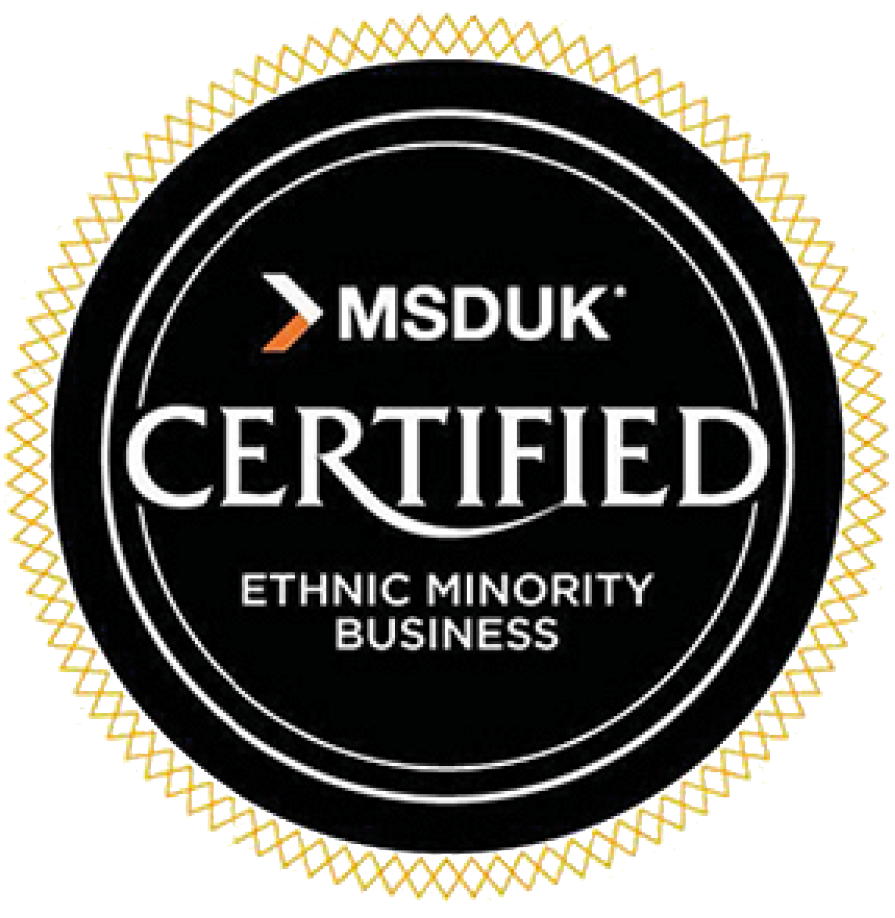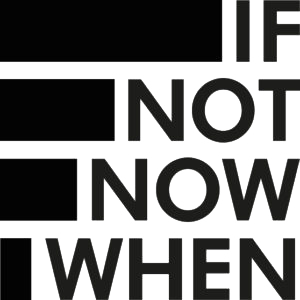Intersectionality is probably a word that you’ve heard become increasingly frequent in conversations surrounding DEI within business, and broadly when discussing issues surrounding equality and justice within society.
It’s a word and form of inclusion that aims to ensure people are empowered and supported with the understanding that identities are nuanced. Everyone has a different set of lived experiences, and a multitude of interesting and intersecting identities that come together to make a whole person.
The term ‘intersectionality’ was first coined in 1989, by Kimberlé Crenshaw to describe how race, gender, class and a multitude of individual characteristics overlap with one another. While Kimberlé’s original definition was for use within the field of law, it has since evolved and become a central point for activists and advocates alike to drive positive change. There is a growing understanding that practical action needs to stem from understanding that people are multi-faceted, and that often, a single shared identity doesn’t mean that everyone who possesses that identity will have the same struggles, nor will a blanket solution solve all of the issues.
For instance, a white woman’s experience navigating the corporate world will be vastly different to a woman of color. Research by McKinsey shows that 46% of women of color surveyed were planning to quit there jobs during this Great Resignation, compared to 35% of white women. We also know that DEI efforts have vastly improved women’s overall progression within businesses over the last 5 years, but when this is broken down we see that only 4% of C Suite leaders are women of color, compared to 20% when looking at their White counterparts.
These are just two examples of how the focus on broad groups and diversity strands can sometimes skew the way that we view progression and can also provide some people within our businesses with the tools to progress over others. Embedding intersectional processes and strategies may require more targeted work and a nuanced approach to inclusion, but it is the way forward to make sure that our businesses become more inclusive.
Given that inclusion is an evolving space, providing solutions that are beneficial to everyone, can be daunting. However, the key in implementing intersectional initiatives and removing barriers for all can begin with data.
Data’s role intersectionality.
Data is just as important to discern where your business stands within its inclusion journey, as it is to determine an organization’s growth or identifying trends and potential opportunities. It provides you with a statistical framework from which you can drive change by unlocking areas of potential within your business.
When looking to collect valuable DEI data, both quantitative and qualitative are critical. The first can be collected through employee engagement surveys to discern employee experiences and quantify your demographic – providing you with the facts on the make up of your organization at different levels. Qualitative data provides you with anecdotal evidence and details surrounding the lived experiences of your employees. For diverse employees specifically it can help you discover where there might be system failings that might be impeding their development or overall experience within your organization. Our RADAR benchmarking tool does exactly that and enables our clients to drive targeted change initiatives based on a detailed understanding of employees, their identities, and experiences.
Such detailed data can highlight the different experiences of those with different intersectional identities not just across the business, but also within specific business functions and regions too.
Focusing on equity, not equality.
Equality is the goal, but we won’t get there without equity.
When moving towards an intersectional approach to inclusion, we must be cognizant of the differences between equity and equality.
It’s the lack of equity within our workforce that has seen:
- women with disabilities being more likely than women overall to say they have lost ground in their career development in the past year.
- Men of color earning 6.1% less than white men
- In 2020, while white women in the US earn 81 cents for every dollar a white man earns; the same figure for American Indian, Alaska Native, Black, African American, and Hispanic women is 75 cents. In fact the data shows that while white women in the US should reach gender parity with men by 2059, for Black women the date is 2130, and it’s 2224 for Hispanic women.
And these are only some examples.
Equity requires business leaders to provide solutions for overall equality by understanding that not everyone starts out with the same resources, or has a level playing field when it comes to opportunity. Therefore the road to equality itself is different and, unless we advocate with equity in mind, will be significantly longer for some than others.
Where intersectional inclusion is concerned, providing diverse talent with targeted career development programs like INvolve’s RISE Program, the Emerging Leaders Program and Mentoring scheme is vital to ensure that individuals gain the specific tools needed to enable their success.
Bridging the gap
For those who have overlapping identities, finding commonality within a singular group, or taking part in an initiative that doesn’t account for their complex identity can yield both feelings of exclusion and impede career progress. Often, it’s those who sit across multiple identity strands that can fall through the gaps.
One way to bridge this gap is to leverage the power of Employee Resource Groups (ERGs) and ensure that they are thinking and working intersectionally in order to advocate for inclusion that benefits everyone within an organization. By collaborating on events, career advancement opportunities and helping to inform wider business strategies together, ERGs can be instrumental in ensuring that inclusion remains intersectional and therefore relevant and specific for everyone within the business, rather than just becoming the domain for certain demographics within a specific diversity strand. INvolve’s Effective Networks workshop is a great way for business ERGs to set themselves up for success and provides them with the tools to become a critical business function.
While intersectional inclusion may feel like a minefield, a business’ DEI success is dependent on its ability to support its employees and provide a fair and inclusive workplace for them to work in, and succeed from. Identities are vast, and it’s also crucial to recognize that some aspects of a person’s identity may be more visible than others, and some employees may not feel instantly comfortable sharing aspects about themselves freely, and especially, if doing so in the past has led to discrimination or a lack of action for change. Therefore, businesses should assume that intersectionality does exist, especially as we know that neurodiversity, mental health and disabilities may not always be visible. Working proactively with this assumption is the way forward, rather than risking isolating populations and then not understanding why.
Ultimately inclusion at its core is intersectional which means that robust policies and strategies recognize that every employee is made up of many identity strands. Our most effective work for inclusion will be intentional and impactful, while being tailored to the many individual needs that exist within our global organizations.




